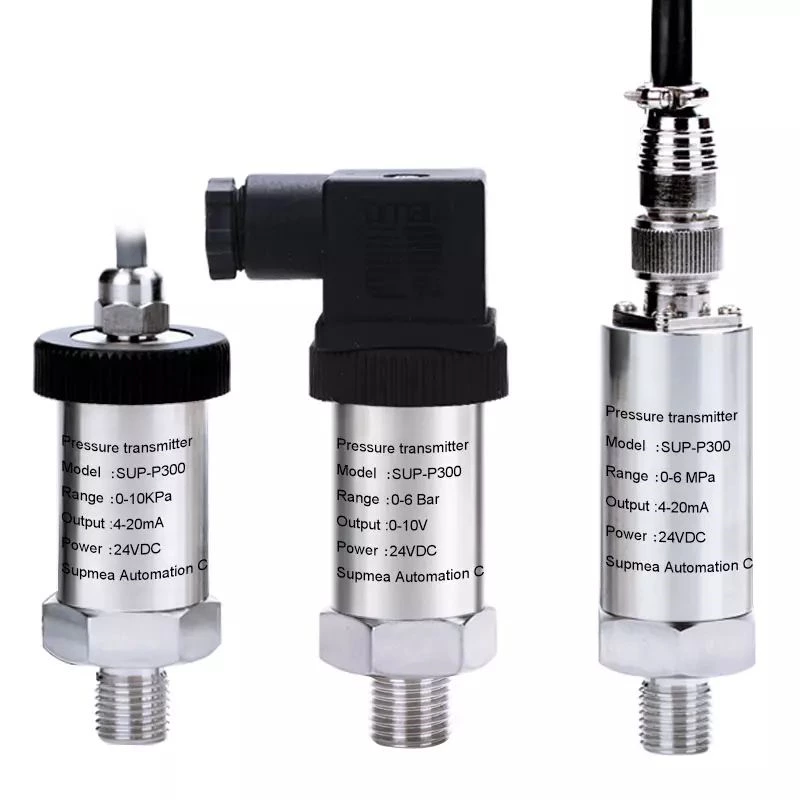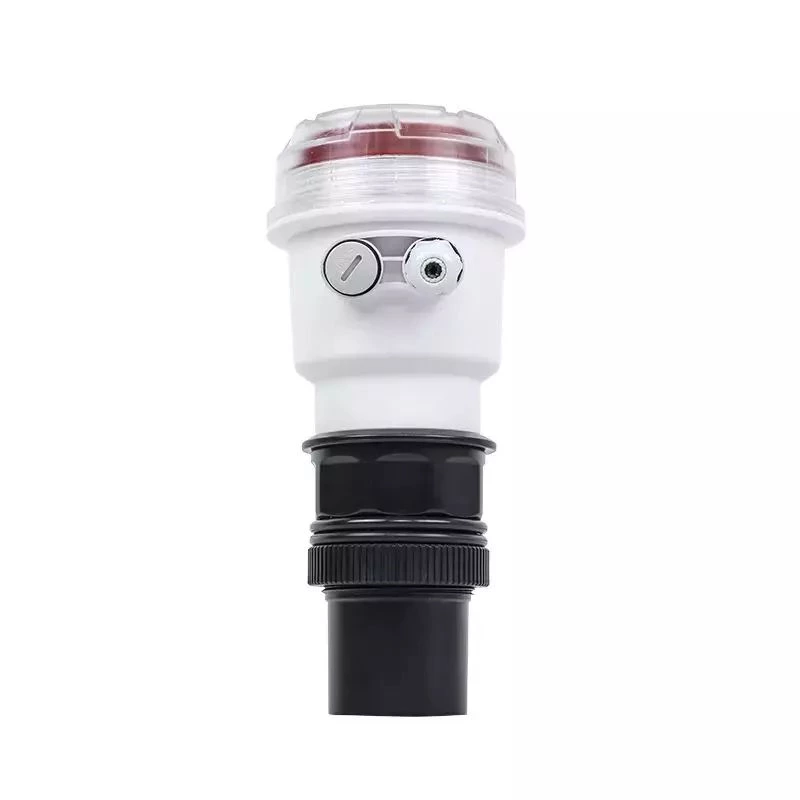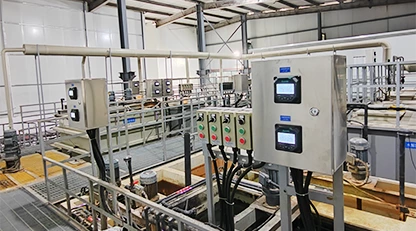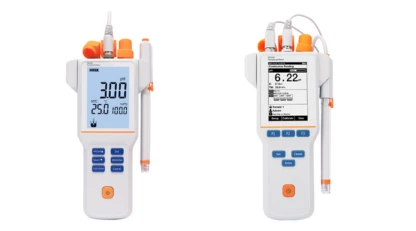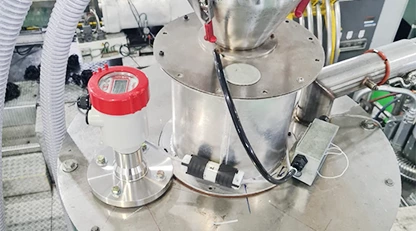In recent years, the application of automated instruments such as electromagnetic flow meters, ultrasonic flow meters, and pH meters in wastewater treatment processes in paper mills has become increasingly important. These instruments play a crucial role in reducing pollutant emissions and meeting environmental standards.
Automated instruments have become an essential component in wastewater treatment facilities. These instruments offer numerous benefits that improve the efficiency and effectiveness of the wastewater treatment process. One of the primary advantages of using automated instruments is the ability to collect and analyze data in real time. This data can be used to monitor the performance of the treatment process and make adjustments as necessary.
Automated instruments also provide accurate measurements of various parameters such as pH, dissolved oxygen, and turbidity. A pH meter can be used to monitor the pH level of the water and adjust the treatment process accordingly. And the electromagnetic flow meter can accurately measure the flow rate of wastewater, which is essential for determining the correct dosage of chemicals needed to treat the water. This accuracy ensures that the treatment process is optimized for maximum efficiency. This allows operators to make informed decisions about how to treat the water to reduce pollutant concentrations and ensure compliance with environmental regulations. Additionally, automated instruments reduce the need for manual sampling and testing, which can be time-consuming and prone to errors.
In addition to improving the accuracy of measurements, automated instruments also offer several other benefits. For one, they can operate continuously, providing real-time data that allows operators to quickly respond to changes in water quality. They also require minimal maintenance, reducing downtime and improving overall efficiency.
Another benefit of using automated instruments is increased safety for workers. Wastewater treatment facilities can be hazardous environments, and automated instruments reduce the need for workers to be exposed to potentially harmful substances. Automated instruments can also perform tasks that are difficult or impossible for workers to do manually, such as monitoring remote locations or measuring parameters in hard-to-reach areas.
Using automated instruments can also lead to cost savings. By optimizing the treatment process, facilities can reduce the amount of energy and chemicals used, resulting in lower operating costs. Additionally, automated instruments can detect issues early on, preventing costly equipment failures or downtime.
The benefits of using automated instruments in wastewater treatment are numerous. These instruments provide real-time data analysis, accurate measurements, increased safety for workers, and cost savings. And this allows operators to automate many aspects of the treatment process, including chemical dosing, flow control, and pH adjustment. By automating these processes, operators can reduce the risk of human error and ensure consistent, reliable results. As technology advances, it is likely that automated instruments will become even more prevalent in wastewater treatment facilities, further improving the efficiency and effectiveness of the treatment process.
Of course, the benefits of using automated instruments in wastewater treatment are only realized if they are used correctly. Operators must be properly trained to use the instruments and interpret the data they provide. They must also be diligent about maintaining the instruments and ensuring they are calibrated correctly.
Overall, the use of automated instruments such as electromagnetic flow meters, ultrasonic flow meters, and pH meters in wastewater treatment processes in paper mills is an essential tool for reducing pollutant emissions and meeting environmental standards. By providing accurate, real-time data and automating many aspects of the treatment process, these instruments help ensure that paper mills can operate in an environmentally responsible manner.



